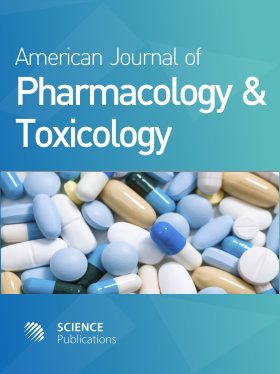A Mathematical Modeling Approach to Characterize Hormesis, Caloric Restriction and Toxicity in Mortality Data from Toxicity Studies
- 1 University of Connecticut, United States
Abstract
The mortality of a population reflects the combined effects of natural aging with environmental insults (e.g. toxicant exposure, caloric restriction, over feeding, infections, etc.). No single endpoint, such as carcinogenesis, completely describes toxicant-induced effects in laboratory animals. Mathematical models of mortality and time-dependent exposure to toxicants can yield indices of net injury from all causes. With careful manipulation of diet in control groups, the separate and combined effects of hormesis, caloric restriction and toxicity on mortality can be delineated. In particular, age-specific mortality rate analyses can characterize a) the temporal pattern of net injury from acute, short term and chronic environmental exposure, b) late-life effects, c) effects of fractional exposures and d) relative biological effectiveness. Changes in the design of toxicity studies and analyses of mortality data are suggested.
DOI: https://doi.org/10.3844/ajptsp.2008.80.92

- 5,729 Views
- 4,500 Downloads
- 2 Citations
Download
Keywords
- Hormesis
- caloric restriction
- mortality
- chronic toxicity
